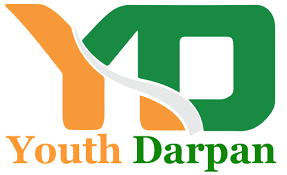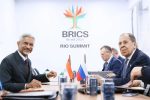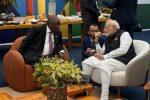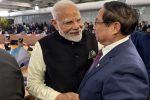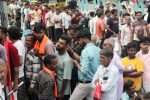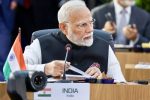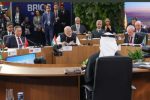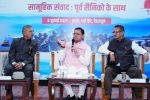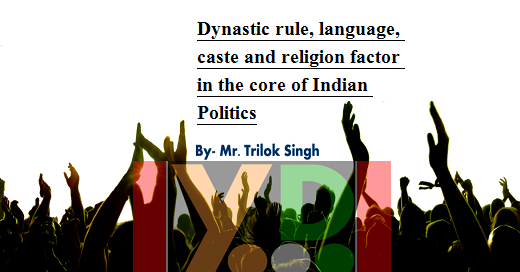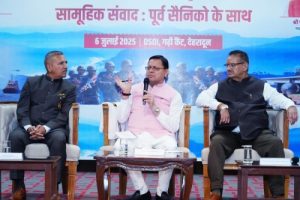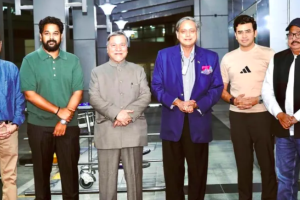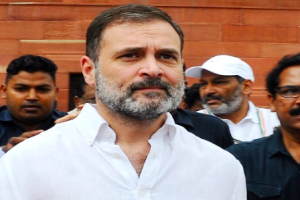The Dynastic Rule, Language, caste and religion factor is likely to remain at the Gujarat polls. Number of reports prevailed that, Both the BJP and Congress have kept the concerned arithmetic in mind while given tickets and for polls.. The ruling party has nominated 50 Patidars this time, while the Congress has fielded 41 candidates from the community side.
In several speech you may find language politics has remain in headline. Added, Trilok Singh.
According to the Election Commission of India’s data on the 2012 Gujarat polls, the BJP then received 47.85% of the valid votes, while the Congress garnered 38.93% votes- a difference of 8.92% between the two parties. The final voter turnout in the 1st phase of Gujarat elections for 89 seats on Saturday is 66.75%.
The ruling party of India has fielded 58 OBCs while the Congress has 62 such nominees. The main opposition party has given tickets to 14 Dalits while the BJP has fielded 13. As per political pundits, this Assembly poll will be a battle to win that “extra four to five per cent vote share”. Following the ET reports by PTI on Dec 05, 2017, 01.24 PM. Now, even a slight swing 04 to 05% would significantly benefit Congress.
As per a rough estimate, the Patidars account for 11 to 12% of Gujarat’s six crore population. Though scattered across many sub-communities, the OBC population, including the influential Thakors in north and Kolis in central Gujarat and Saurashtra, account for around 40%. Out of 2.12 crore voters in the regions, 1.41 crore exercised their franchise in the 89 seats in 19 districts, according to a release issued by the office of the chief electoral officer for Gujarat.
According to the final voter turnout data released, tribal-dominated Narmada district witnessed the highest turnout at 79.15% while Devbhumi-Dwarka seat in the Saurashtra region saw the lowest turnout at 59.39%. While 12 districts recorded a voter turnout of less than 70%, seven registered the polling percentage of 70%. Added, PTI.
In Short, “The Gujarat Election 2017 is not just a fight between two parties or a fight for who will become the CM of Gujarat, but it is to decide if jaativad, casteism, Dynastic rule, language, and religion factor in the hard core of politics and dynastic rule, will win or Narendra Modi’s vikasvad (development politics) will triumph,”.
No one expects Congress to win the state. But, like the prospect of the Democrats winning a Senate seat in blood-red Alabama, the fact that the election is considered competitive is itself remarkable. The big question is this: If Gujarat, home of the famous model, has produced so many dissenters, then what will happen between now and the next general elections in 2019, given how few jobs have been produced under Modi so far?
Despite all of this, The 2nd and final phase of Gujarat elections for the remaining 93 seats will be held on 14 December, 2017. Further, Counting of votes will be conducted on 18 December, 2017. Yes, small and medium enterprises need more attention with the same regard. But big industries and corporates in labor-intensive sectors, streamlined business regulations and foreign investment are essential to create jobs going forward. Prime Minister Modi and his government need to keep focusing on the policies that create massive jobs and opportunities for current population of more than 65% educated youth.
